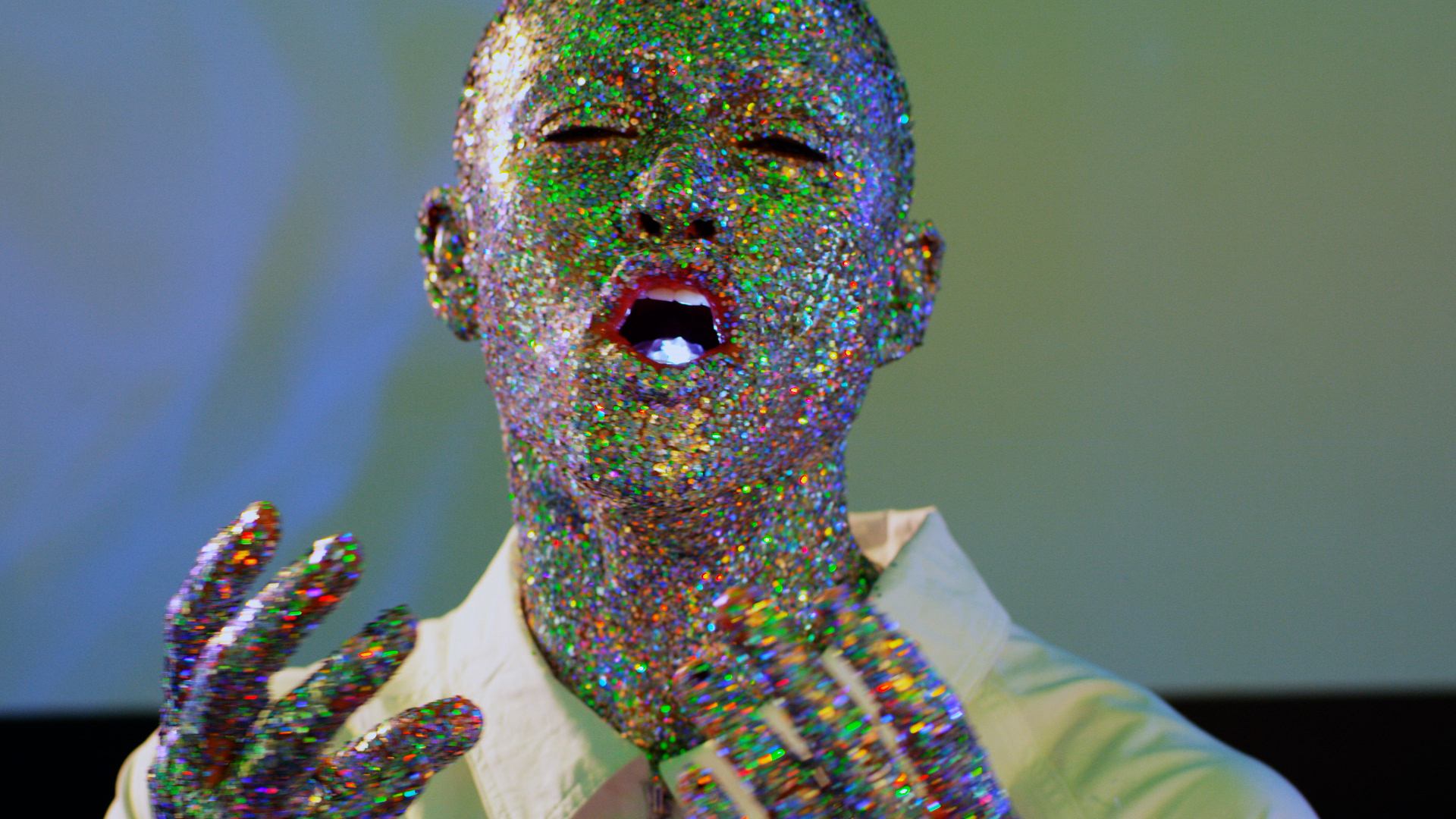
Free
Foundation
Terms of Use
March 9 → July 9, 2023
Terms of Use brings together works that explore the impact of technologies on the definition, construction, and (re)framing of individual and collective selves
Theme: identity
For many artists, questions of identity and self expression are central to their work. While there is a tendency to think of identities as labels that undermine the complexity of our personalities and emotions, the word itself speaks to the notion of belonging.
For instance, “educator” is an identity shared by many professionals, yet each person’s unique pedagogical approach and perspective, when it comes to teaching others about visual art for example, is deeply rooted in their individual memories and preferences. Similarly, people of colour have racialized ethnic identities, but how they experience and embody those identities is also shaped by their upbringing, cultural background, gender, sexuality, etc.
It is important to consider that our identities are not necessarily static. Rather, they can shift and express themselves differently over time.
In this essay, we will look at two artists who use various kinds of technologies and technological performances as a means to express both the individual and collective identities that they inhabit.
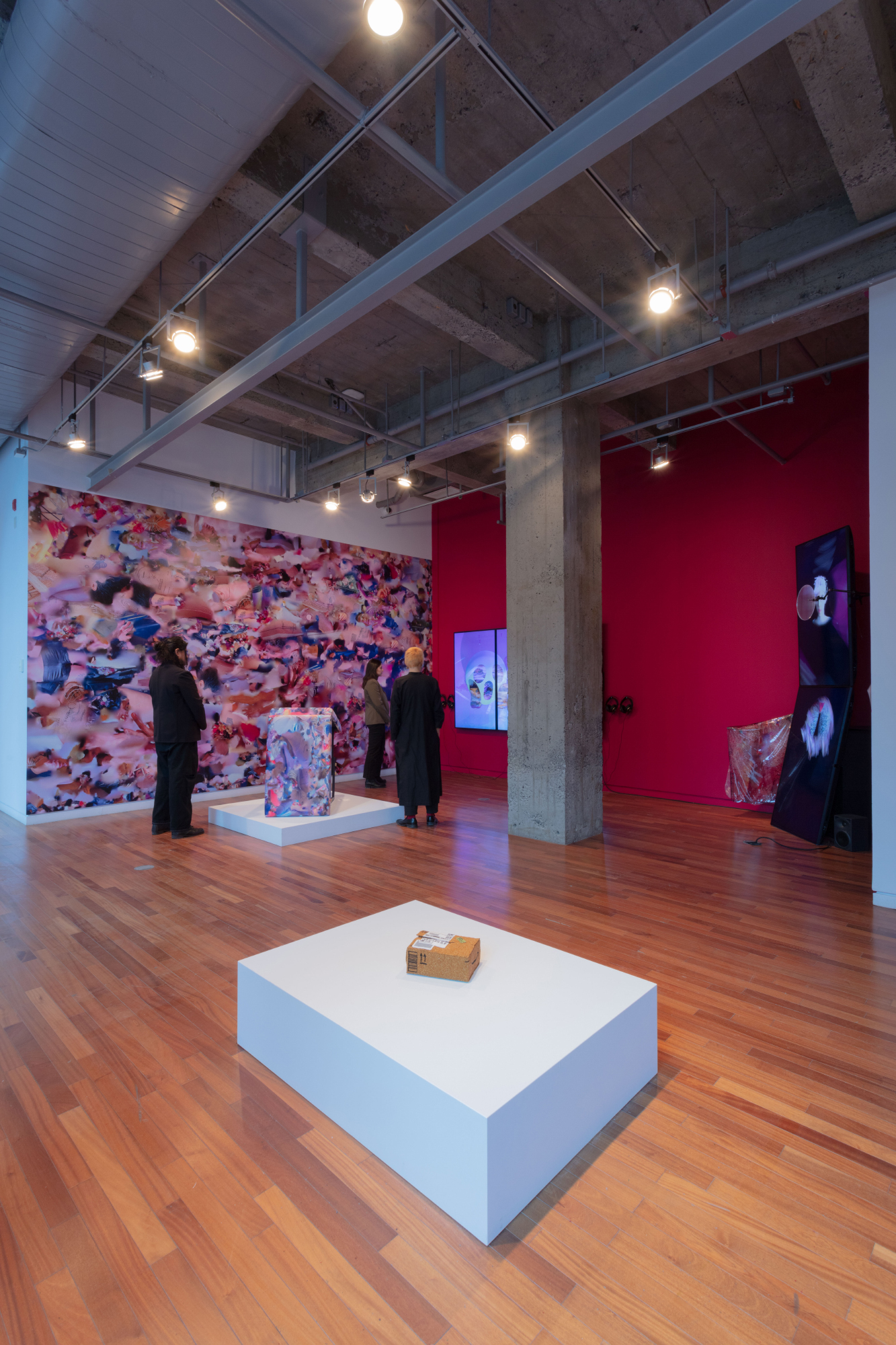
Dismembered Fixations (2023) by Francisco González-Rosas, like much of the artist’s practice, explores the ways in which image making is mediated through technologies. In particular, the piece considers the way that queer and racialized bodies are often only put on display as spectacle in mainstream media. Embedded within their work is the knowledge of how queer labour and aesthetics are central to so much of contemporary art, including fashion, modelling, and even cinema. That said, the queer body becomes legible and valuable to a heteronormative society only insofar as it becomes a consumable commodity, as entertainment.
In the video performance, we see the artist as an elaborately dressed character reciting a monologue on the representations and performances of the self that both pays homage to and satirizes the format of reality TV confessionals. The confessional booth convention underscores the ways in which the TV cameras and the producers behind the shows, mediate the performance of the self in order to satisfy the thirst for entertainment by their invisible spectators.
With the knowledge of how queer and racialized bodies are expected to turn themselves into a spectacle, González-Rosas’s character bites back, saying:
“Do you expect me to serve ostentatious precarious political statement for alleged neo-anti-reactionaries to believe me?
Well, that’s not what I’m here for.”
The monologue and performance make references to philosophers Michel Foucault and Paul B. Preciado, as well as the popular television program, “RuPaul’s Drag Race,” and the 1990 documentary Paris Is Burning. It also suggests a particular self-awareness of the ways in which image making within networked technologies becomes a vehicle for both personal gain and public consumption.
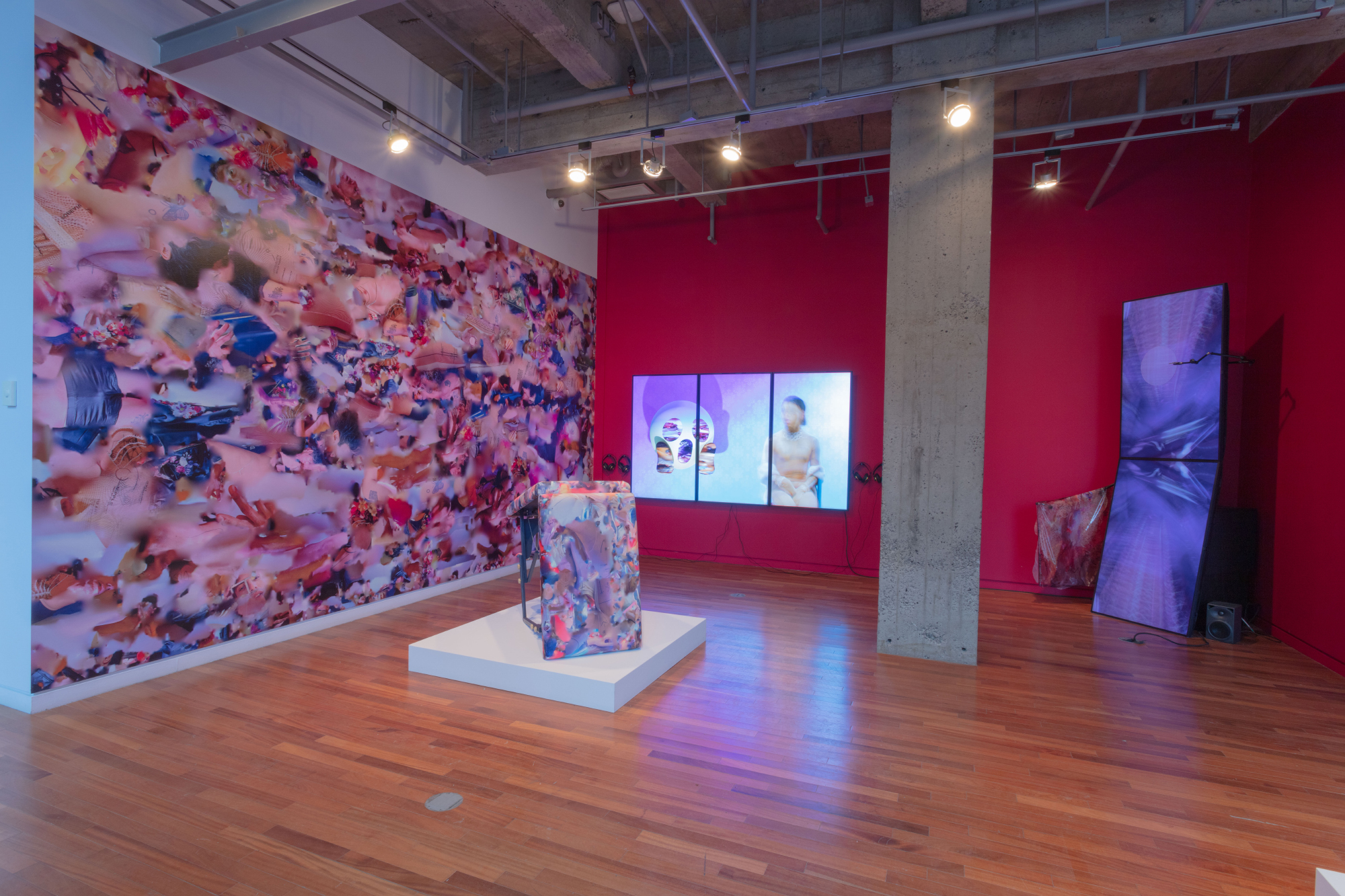
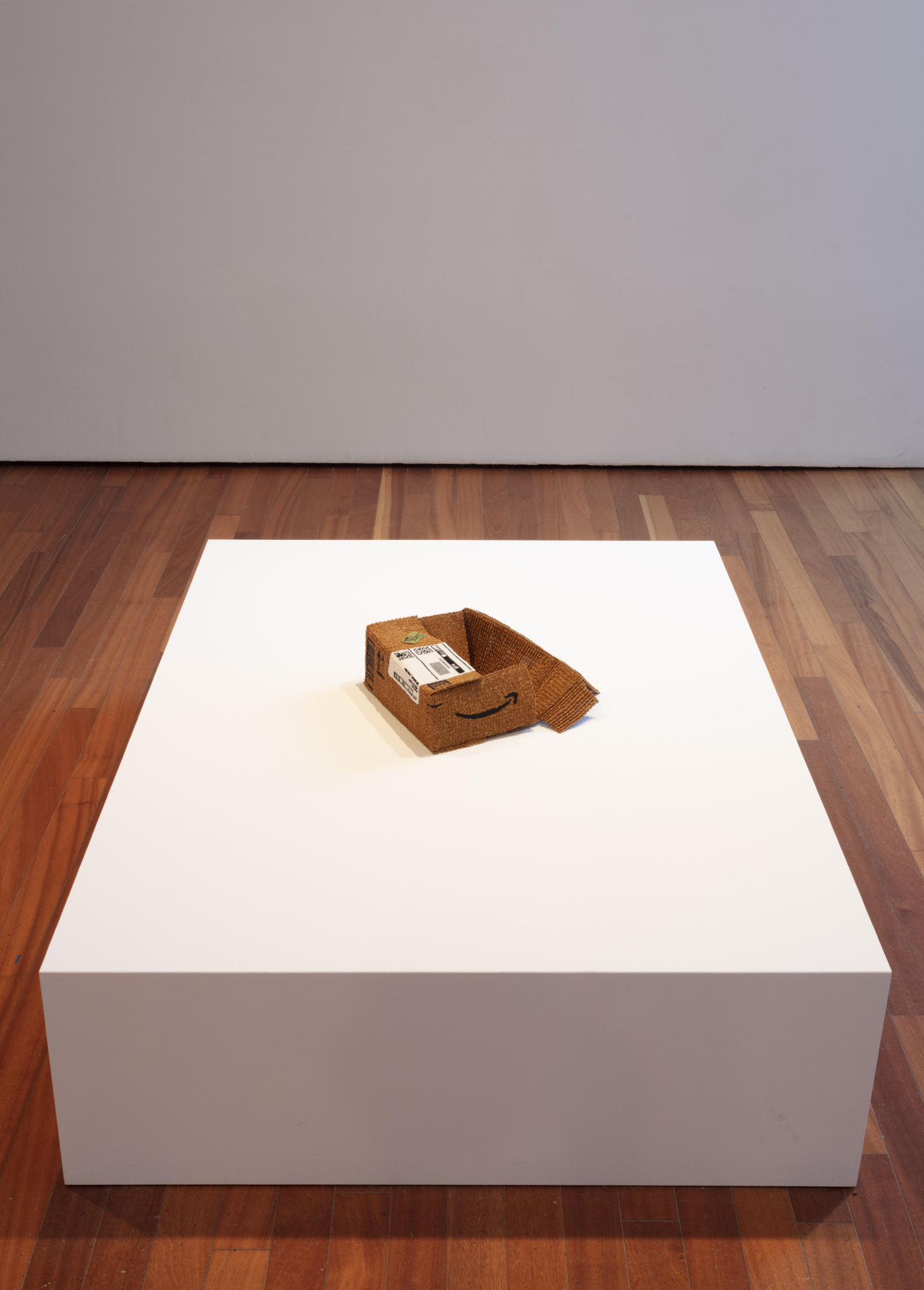
Dismembered Fixations is paired in the space with the sculpture Special Delivery (2023) by Nico Williams. This work by the Anishinaabe artist, while analog, also tackles themes of collective identity.
The artist uses beading as both a crafting and ornamentation technique to recreate objects of personal and cultural significance.
The Amazon box seems to be an intentional choice, since the artist has a fascination with found objects. It is also a reference to how containers are thought of as being the first technology—specifically the vase as a mode of transporting water—integral for life and the sustainability of human societies.
Like the selfie in González-Rosas’s work, the Amazon delivery box has become a ubiquitous object, bordering the mundane. By underscoring the presence of the box in this way, Williams brings attention to how Amazon has deeply influenced culture as a networked, consumer technology.
The beaded representation of the Amazon delivery box also recalls the ways in which the natural environment and resources are reconstituted to create modern technologies. The brown of the cardboard is most evocative of this, as it resembles the wood used to make the material. However, all modern technologies, including our phones and computers which are made of metals mined from the earth. The beads in Special Delivery were themselves originally created from sand that was then transformed into glass.
This allusion to paper, wood, and trees is also reminiscent of the importance of birch trees to the Anishinaabe in the creation of birch bowls and baskets. In this sense, the beaded box becomes a contemporary re-design of a traditional practice and technology.
What are some other examples of technologies that have been effective in shaping our sense of collective identity?
Browse some of your past selfies. Analyze the contents, expressions, and compositions of the images. What do you see or not see? What stories, what senses of self are being portrayed in these images?
Movements: Terms of Use is a tool designed by the PHI Foundation’s Department of Education to encourage visitors to develop and elaborate on some key concepts of the exhibition Terms of Use.
Authors
Kim Johnson
Kim Johnson is an educator at the PHI Foundation. She completed a BA in Art Education at Concordia University in 2016. Kim is involved in the democratization of visual art through her educational and artistic projects in various community centres and cultural institutions in Montréal. As a visual artist, she draws her inspiration from human connections, the feminine and nature.
Prakash Krishnan
Prakash Krishnan is a researcher and cultural worker in the fields of digital media, contemporary art, archives, and accessibility. He completed a master’s degree in Media Studies at Concordia University in 2021 and has penned a number of essays, articles, and reviews for international publications. Prakash is an educator at the PHI Foundation and works with various local organizations, artist-run centres, and collectives on cultural mediation programming and accessibility.

Free
Foundation
Terms of Use brings together works that explore the impact of technologies on the definition, construction, and (re)framing of individual and collective selves

Free
Foundation
Terms of Use brings together works that explore the impact of technologies on the definition, construction, and (re)framing of individual and collective selves
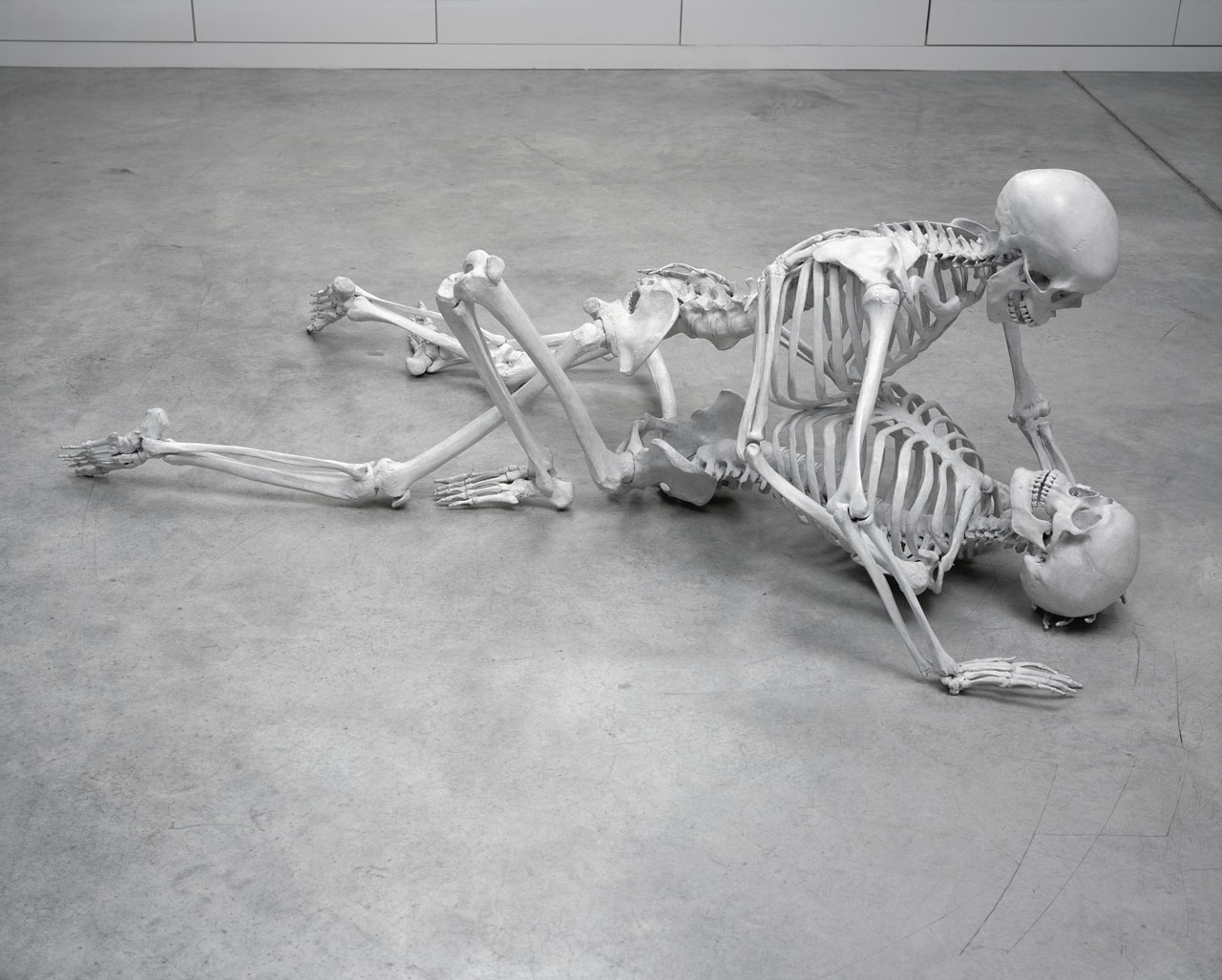
Foundation
Gathering over forty recent works, DHC/ART’s inaugural exhibition by conceptual artist Marc Quinn is the largest ever mounted in North America and the artist’s first solo show in Canada
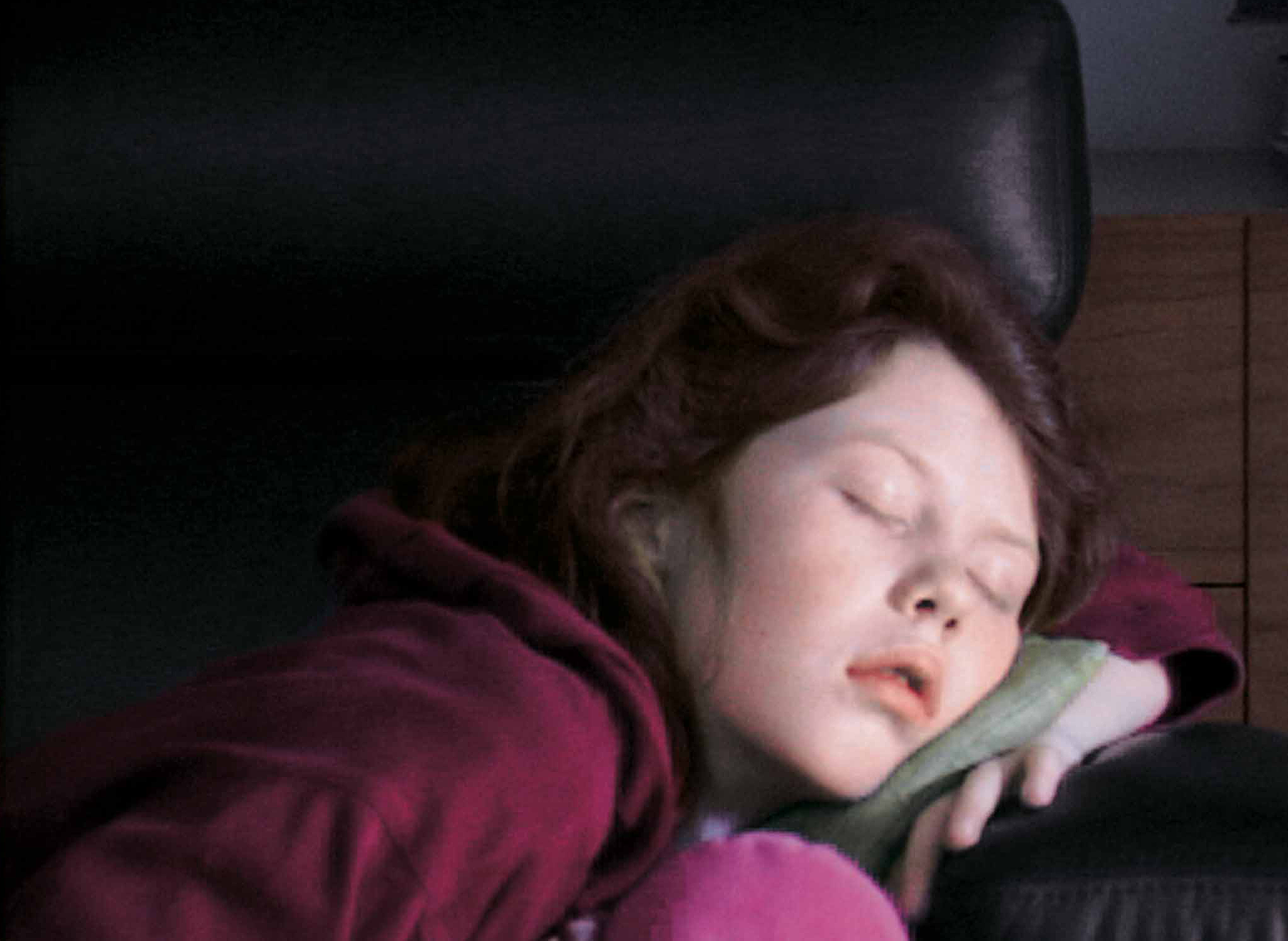
Foundation
Six artists present works that in some way critically re-stage films, media spectacles, popular culture and, in one case, private moments of daily life
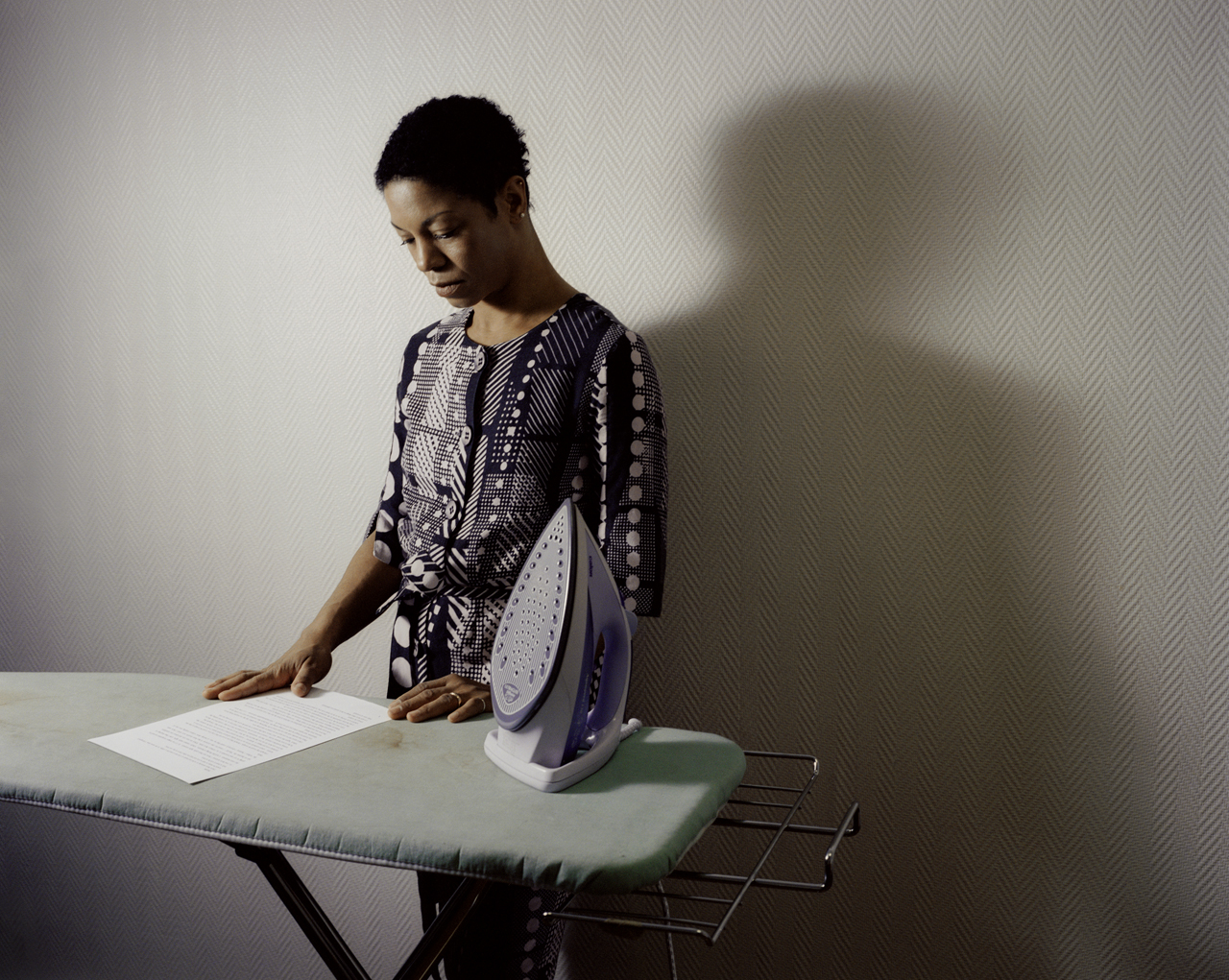
Foundation
This poetic and often touching project speaks to us all about our relation to the loved one
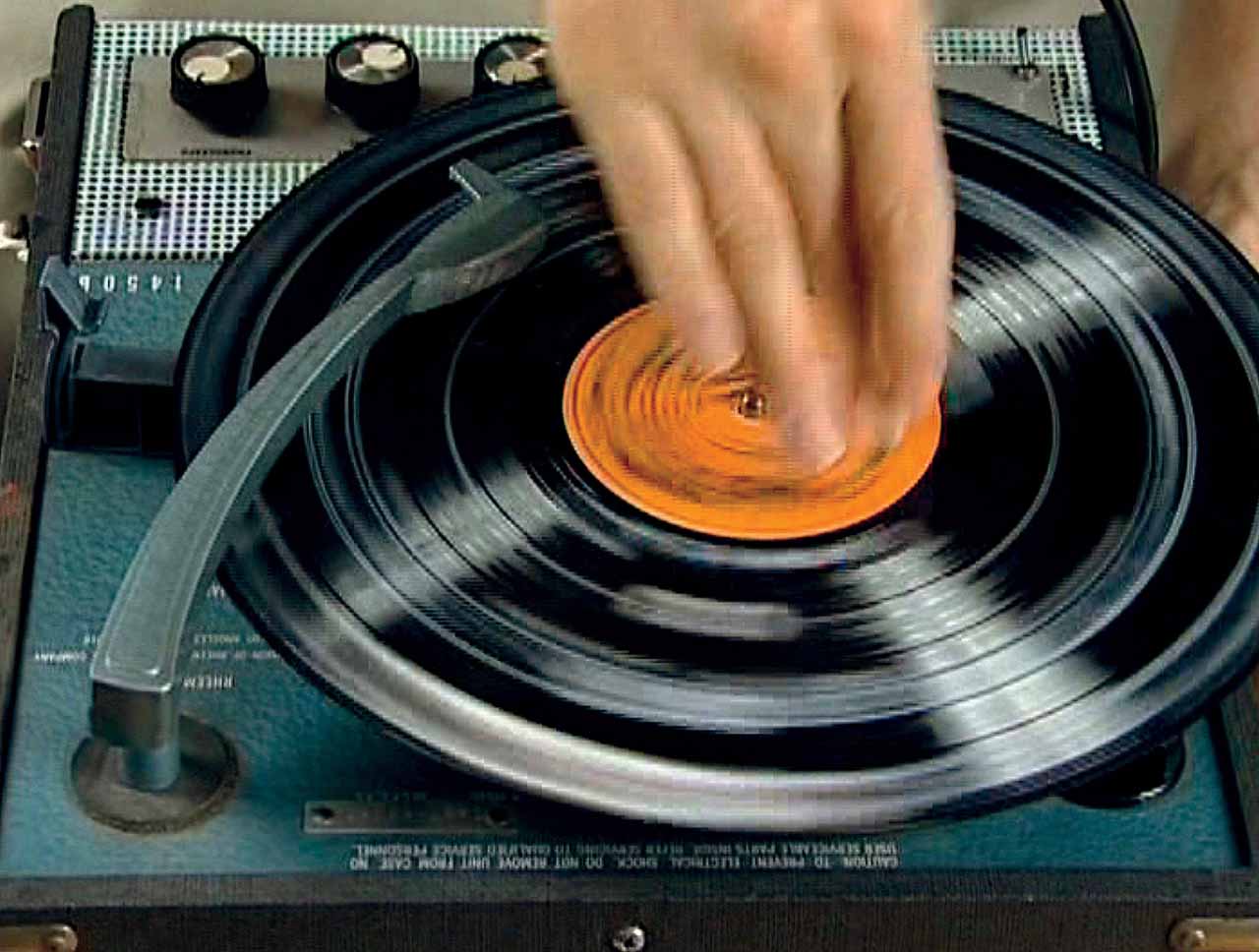
Foundation
DHC/ART Foundation for Contemporary Art is pleased to present the North American premiere of Christian Marclay’s Replay, a major exhibition gathering works in video by the internationally acclaimed artist
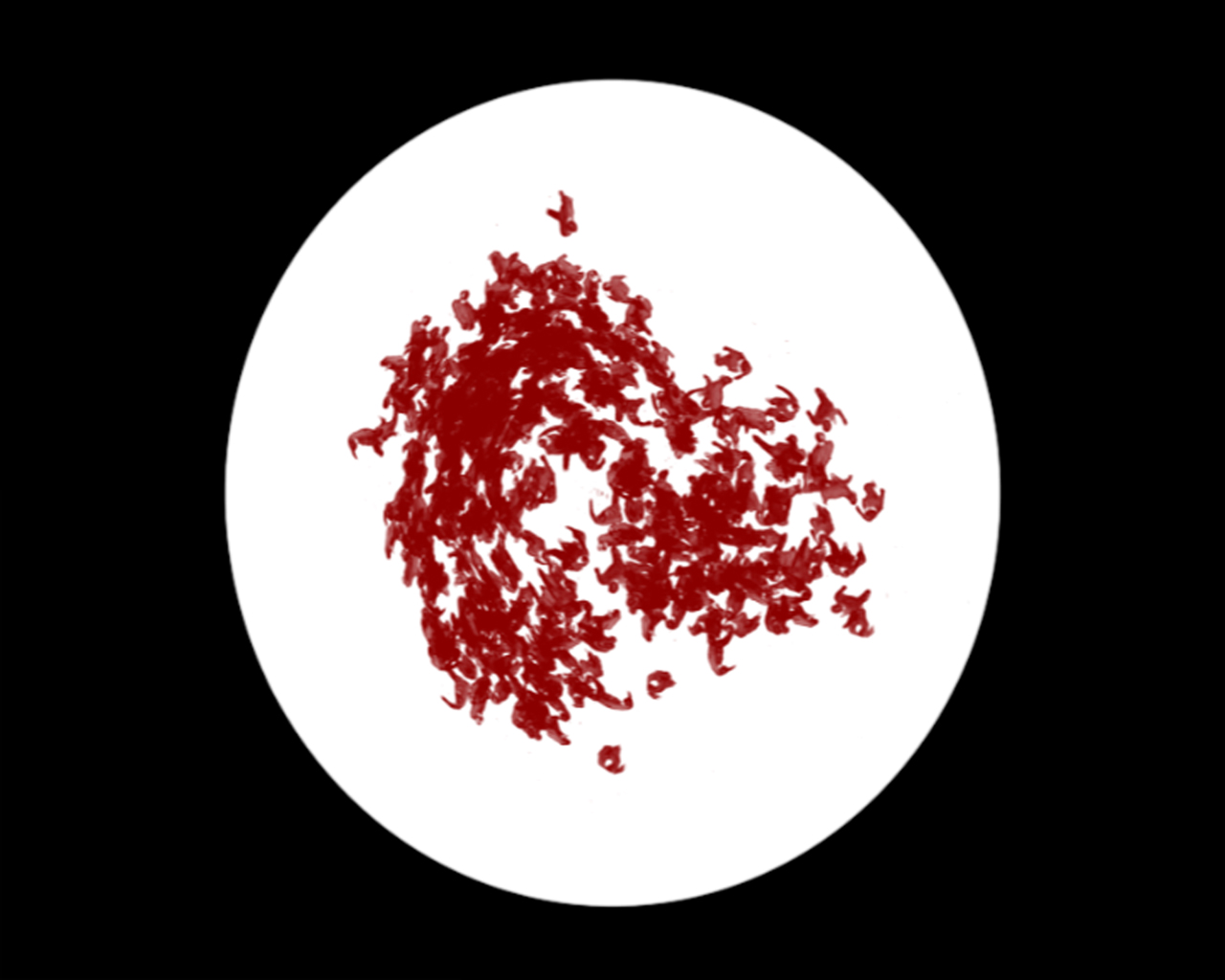
Foundation
DHC/ART is pleased to present Particles of Reality, the first solo exhibition in Canada of the celebrated Israeli artist Michal Rovner, who divides her time between New York City and a farm in Israel
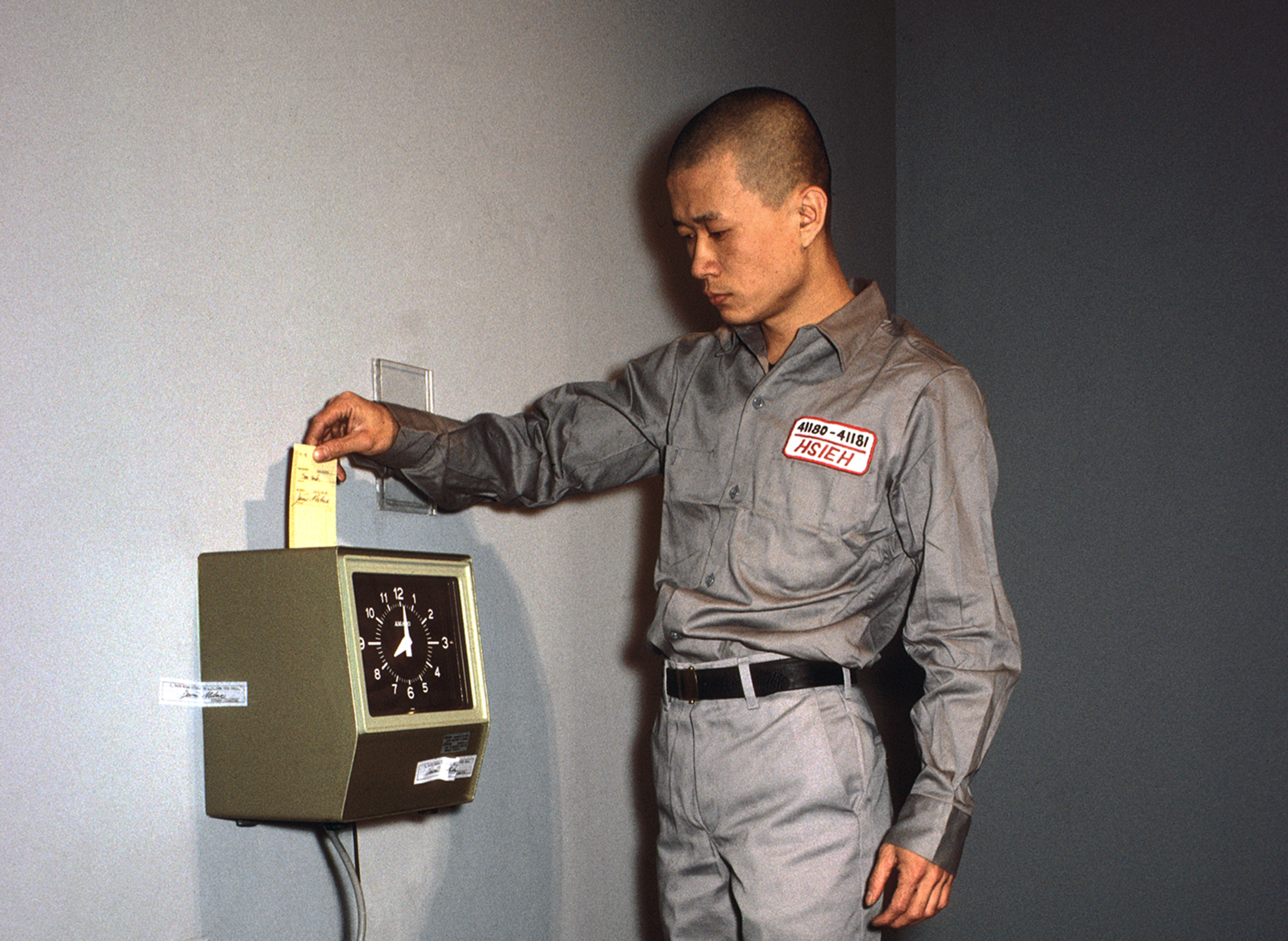
Foundation
The inaugural DHC Session exhibition, Living Time, brings together selected documentation of renowned Taiwanese-American performance artist Tehching Hsieh’s One Year Performances and the films of young Dutch artist, Guido van der Werve
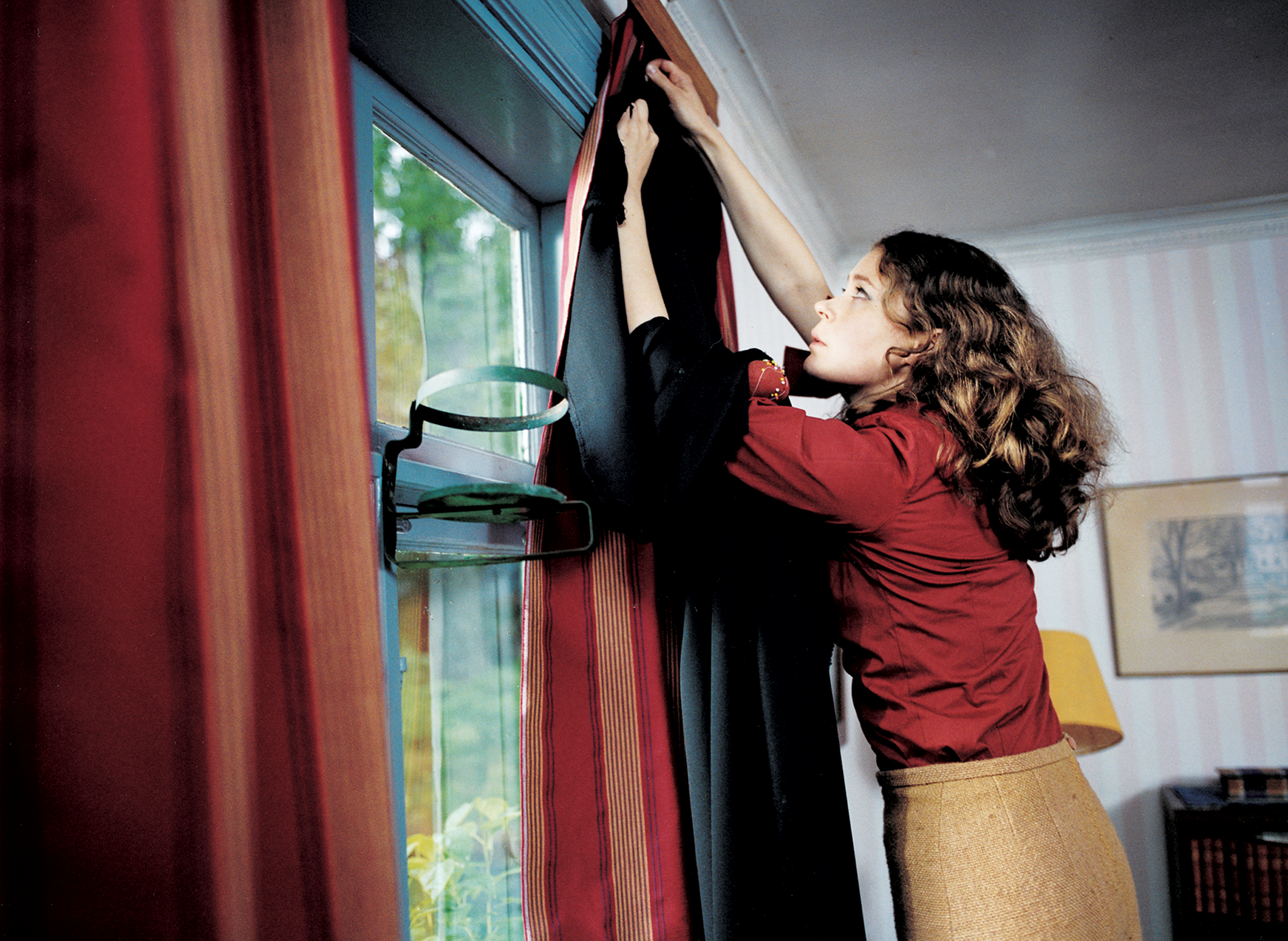
Foundation
Eija-Liisa Ahtila’s film installations experiment with narrative storytelling, creating extraordinary tales out of ordinary human experiences
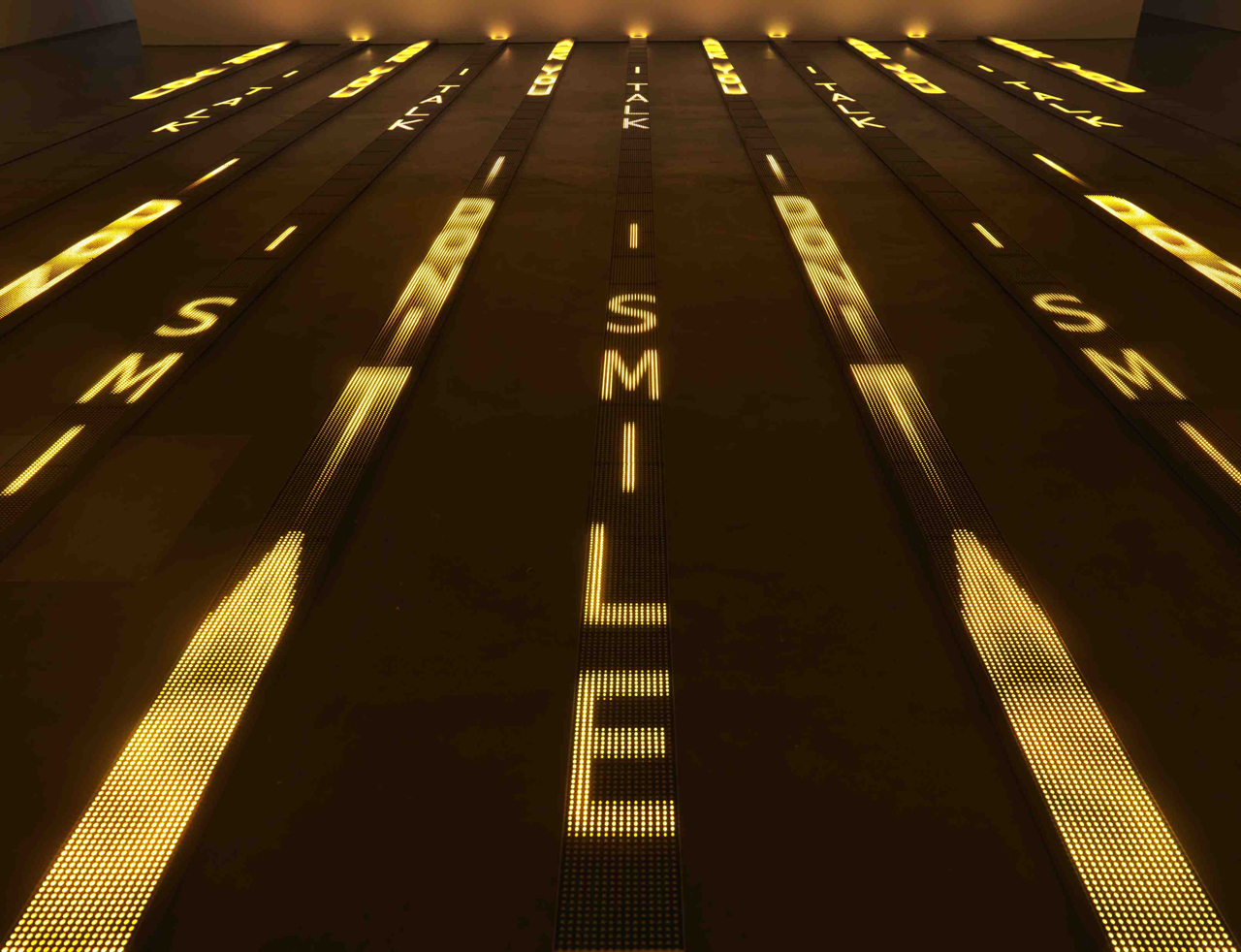
Foundation
For more than thirty years, Jenny Holzer’s work has paired text and installation to examine personal and social realities